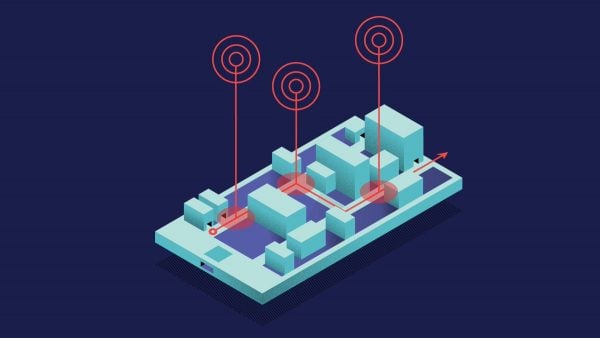
In the previous article, we mentioned geofencing as one of the trends of the coming year. This technology may seem very similar to geo targeting, however there are clear differences. Let’s look into these two similarly named technologies and see how they can be applied.
Geo targeting assumes that out of all potential clients, you choose the ones who are somehow tied to a specific location. You interact with them by stressing your business’s physical proximity and local links to the client. Clients’ absence from a particular area can also be used to target them with different messages (offering deliveries, for example).
Most often, geo targeting is used in conjunction with user preferences and interests to create super-personalised and messages which seem relevant to clients, ensuring a high CTR. A key aspect of geotargeting is selecting subscribers by focusing on specific interest groups.
Geotargeting works like this; you have recently opened a coffee shop. You send SMS messages to people who live within a radius of 1 km from your location.
With the help of geofencing, you demark virtual boundaries around certain areas (geofences) and initiate programmed events or processes when a client enters or leaves the geofence. These events can be SMS with personalised offers or informational messages.
An example of geofencing would be clients walking past your café and receiving SMS stating that you have discounts on today’s lunch.
Technologically, geo targeting and geofencing differ in that the former one uses device IPs(including those of desktop computers) to determine the client’s location, and the latter is more often tied to GPS beacons in mobile phones and tablets. Also, the minimum geo targeting range is 800 meters, while the geofencing range is from 1 to 70 meters.
Geo targeting and geofencing are similar, but they are used for different purposes. Whereas geotargeting is shown to benefit all retailers, geofencing only makes sense for companies that operate in the omnichannel retail format.
Whichever technology you choose, you can create SMS mail-outs for use with it in your personal account on the Intis Telecom platform. There you will find many useful tools, such as template creation, delayed send times, message day and time selection, and much more. The intuitive interface will help you easily navigate in your personal account.



